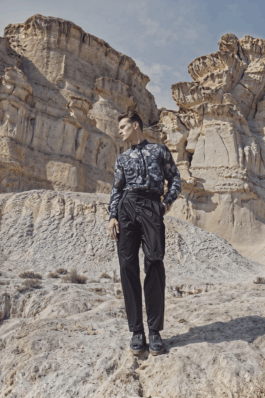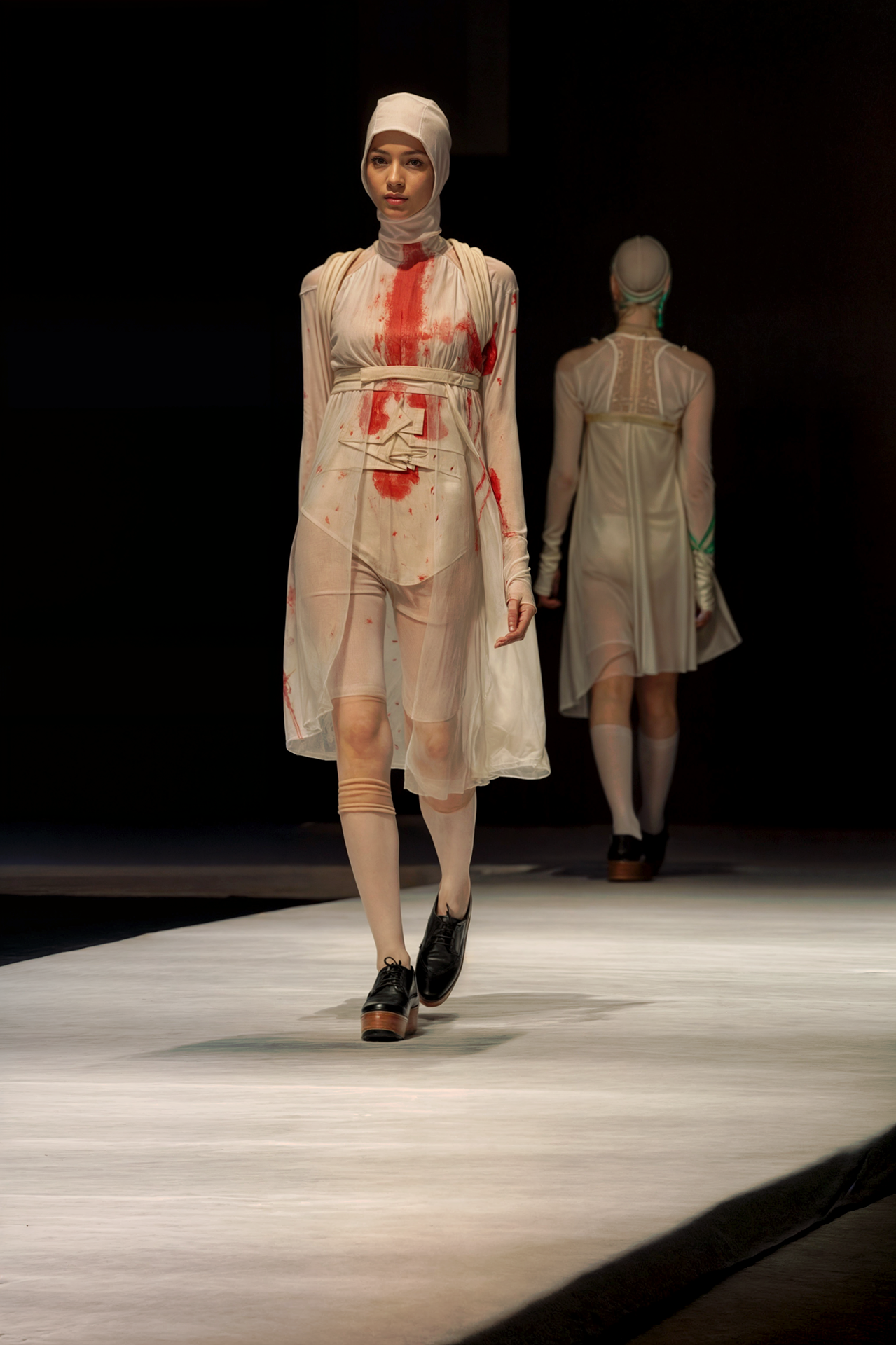





















This website collects no data, stores no cookies, and tracks no behavior. It exists solely as a space for free expression, memory, and poetic justice — free from ads, algorithms, or commercial intent. All content is protected by the right to freedom of expression and artistic creation under national and European law. The system erases. We archive.
This website collects no data, stores no cookies, and tracks no behavior. It exists solely as a space for free expression, memory, and poetic justice — free from ads, algorithms, or commercial intent. All content is protected by the right to freedom of expression and artistic creation under national and European law. The system erases. We archive.